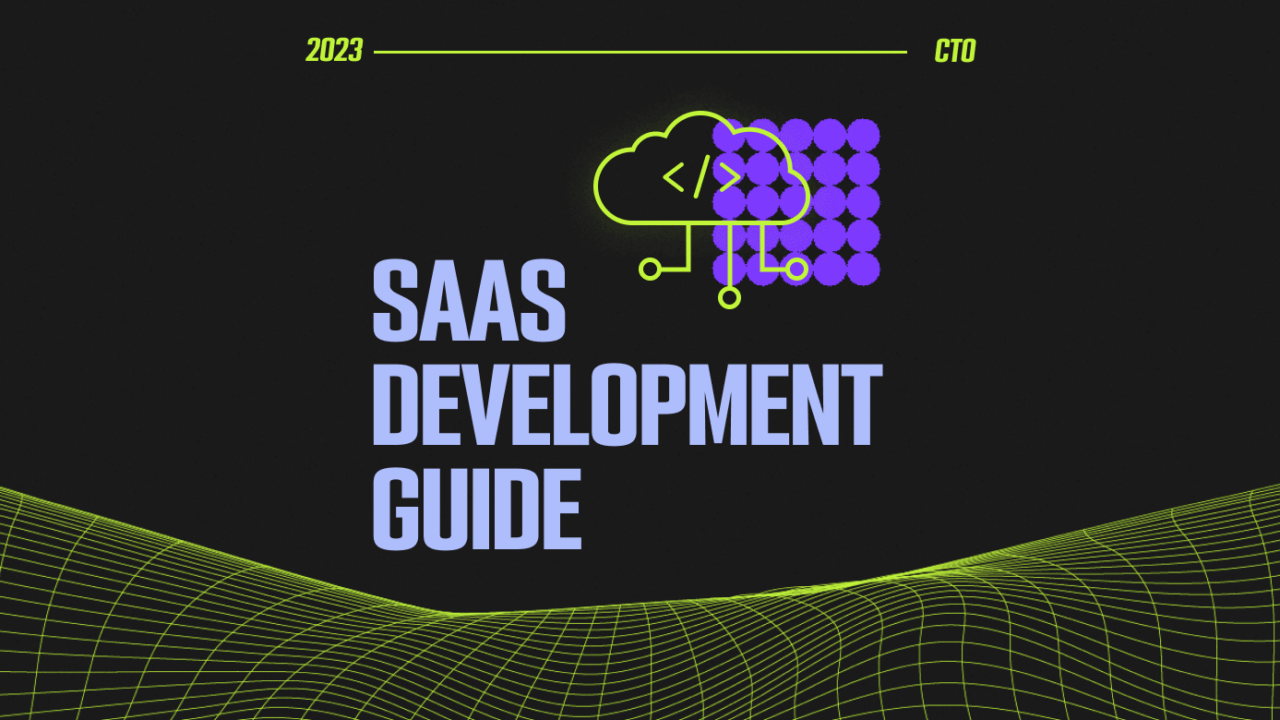
Building a scalable Software as a Service (SAAS) infrastructure is crucial for the success of any SAAS company. A scalable infrastructure allows a company to handle increased workloads and user demands without compromising performance or availability. To achieve a scalable SAAS infrastructure, there are several essential requirements and strategies that companies should consider.
One of the key requirements for building a scalable SAAS infrastructure is to design for elasticity. Elasticity allows the infrastructure to automatically scale up or down based on the workload demands. This can be achieved through the use of cloud services that provide on-demand resources, such as Amazon Web Services (AWS) or Microsoft Azure. By designing for elasticity, companies can ensure that their infrastructure can handle spikes in traffic without experiencing downtime or performance issues.
Another essential requirement for a scalable SAAS infrastructure is to use a microservices architecture. A microservices architecture breaks down the application into smaller, independent services that can be developed, deployed, and scaled independently. This allows for greater flexibility and scalability, as each service can be optimized for performance and scaled as needed. By using a microservices architecture, companies can easily add new features, scale their application, and improve overall reliability.
In addition to designing for elasticity and using a microservices architecture, companies should also prioritize automation when building a scalable SAAS infrastructure. Automation can help streamline processes, reduce the risk of errors, and improve overall efficiency. By automating tasks such as deployment, monitoring, and scaling, companies can free up their team to focus on more strategic initiatives and ensure that their infrastructure is always running at peak performance.
When it comes to scaling a SAAS infrastructure, monitoring and analytics are essential components. Companies should regularly monitor key performance metrics, such as CPU usage, memory usage, and response times, to identify any bottlenecks or performance issues. By using monitoring tools such as Datadog, New Relic, or Prometheus, companies can gain valuable insights into their infrastructure and make informed decisions about scaling and optimization.
Furthermore, companies should implement a robust disaster recovery plan to ensure the availability and resilience of their SAAS infrastructure. This includes regular backups, failover mechanisms, and redundancy measures to prevent data loss and minimize downtime in the event of a disaster. By having a solid disaster recovery plan in place, companies can mitigate risks and ensure that their infrastructure remains operational in the face of unexpected events.
When it comes to scaling a SAAS infrastructure, it is also important to consider security measures. Security should be a top priority for any SAAS company, as sensitive customer data is often stored and processed in the cloud. Companies should implement encryption, access controls, and regular security audits to protect their infrastructure from cyber threats and ensure the confidentiality and integrity of customer data.
Lastly, when building a scalable SAAS infrastructure, companies should consider the importance of continuous optimization and iteration. Technology is constantly evolving, and companies must stay agile and adaptable to remain competitive in the market. By continuously optimizing their infrastructure, exploring new technologies, and iterating on their processes, companies can ensure that their SAAS infrastructure remains scalable, reliable, and efficient.
In conclusion, building a scalable SAAS infrastructure requires careful planning, strategic decision-making, and a focus on key requirements such as elasticity, microservices architecture, automation, monitoring, disaster recovery, security, and continuous optimization. By following these essential requirements and strategies for success, companies can build a robust and scalable SAAS infrastructure that can support their growth and success in the long term.
